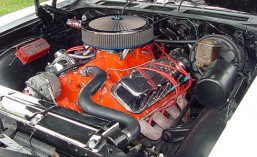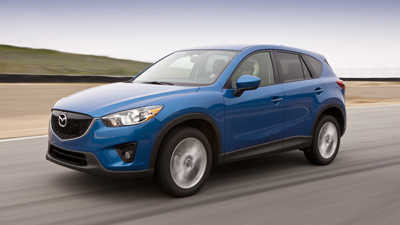Reconstructing classic cars to their former glory is a popular hobby, and as such, there are many reasons why millions of passionate enthusiasts get involved. For some, it’s a hobby handed down through generations. For others, it’s interest in a particular model or manufacturer. Some just want to create a permanent collection or simply catch some looks when driving around town.
While all classic cars can be salvaged to some extent, it’s important to have a clear idea of what you want. When you think about your classic car in its final state, what is it meant to do? If you just want to drive in parades every year, that means a different set of requirements than you might be looking for in a weekend car. Perhaps you’re just looking for the hobby itself — rebuilding the engine, or making the frame and outer panels beautiful — and don’t even care about the final product. Or, on the other extreme, perhaps you’re looking to turn a buck by making the machine into something beautiful that you can sell to other collectors.
In any case, knowing what you want is essential to figuring out how you’re going to get there. As with any hobby, a large portion of the passion with which you devote yourself comes from the effort and learning that go into the final project. You’ll need a plan and a budget before you can begin learning how your particular model runs, where to find the best parts and tools, and how to get yourself to the finish line.
Once you’re clear on what you want, it’s just a matter of figuring out how much you want to spend, how much time you’re willing to devote, and exactly what you’ll do with the machine once you’re finished. Each of these steps has the potential for both pleasure and disaster, so it’s important to stick with the plan no matter what. Plenty of people are turned off by the “money pit” issue and end up abandoning a project or hobby that could have brought them great joy if they’d started with a plan and budget — and stuck to them.
Read on to learn about some of the warning signs that a car might be difficult to save.



